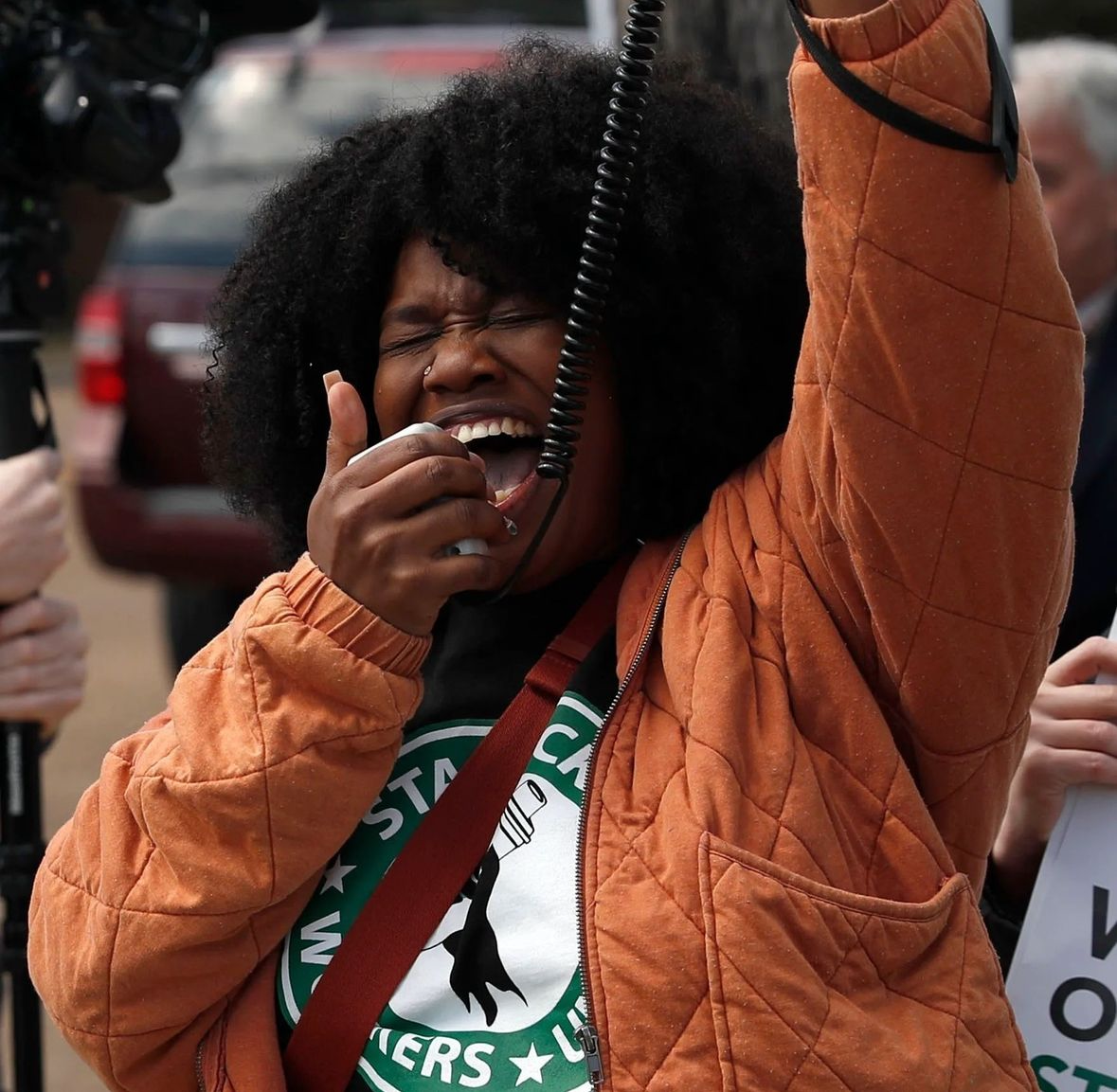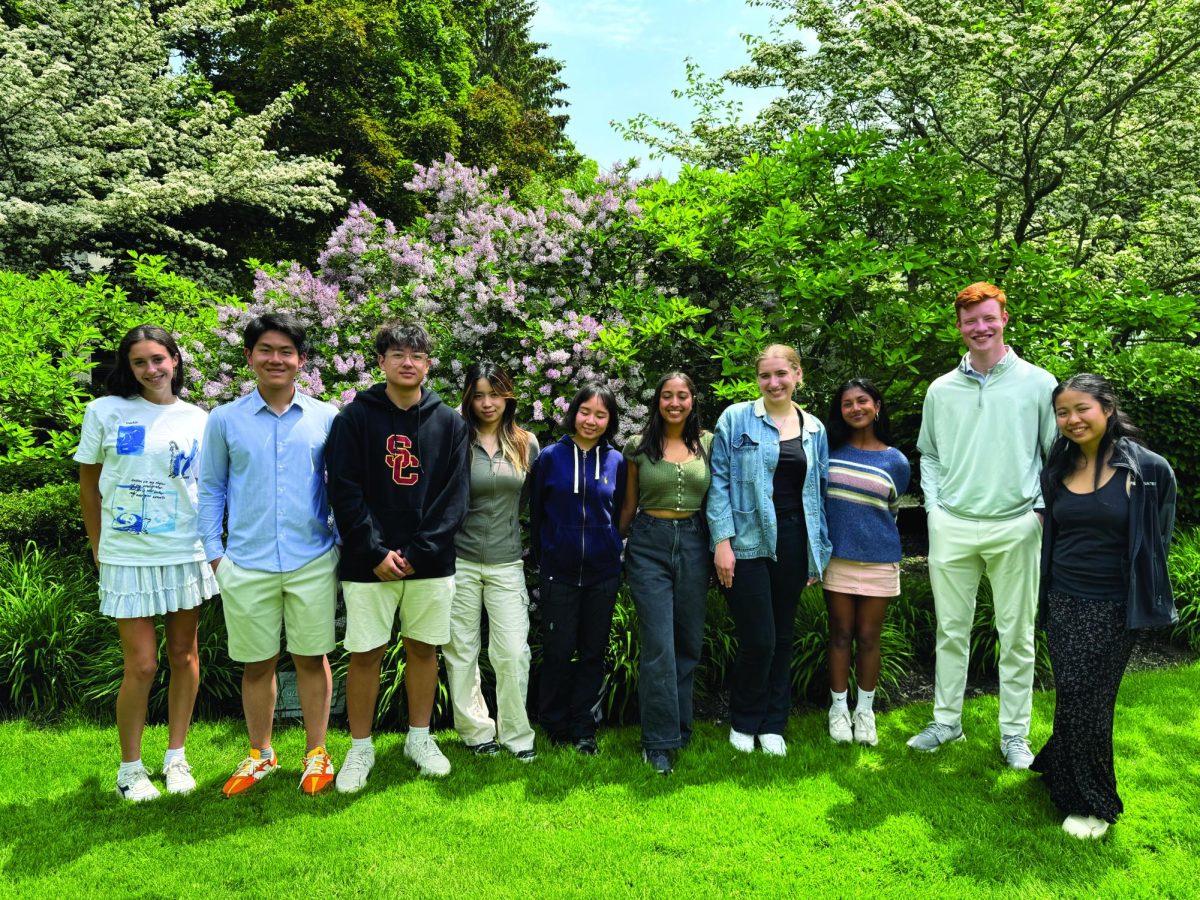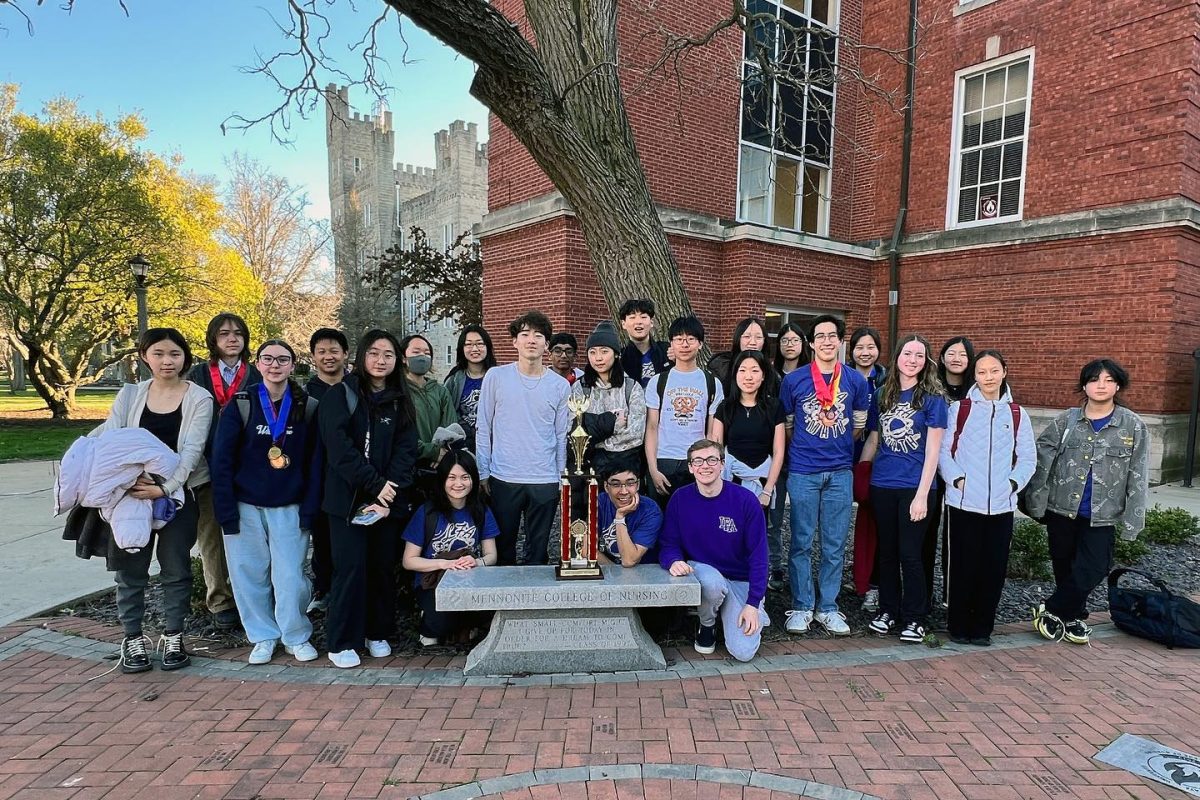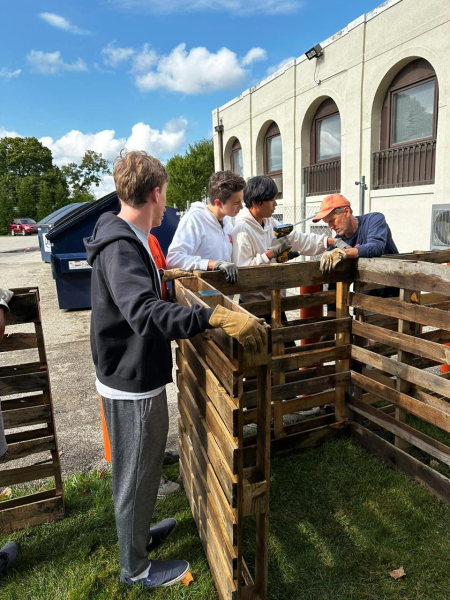Vaccine Approval for Children Aged 5-11
December 8, 2021
As of October 29, 2021, the CDC has authorized the emergency use of Pfizer-BioNTech COVID-19 Vaccine for children aged five to eleven. Emergency use is used to facilitate availability during public health emergencies, such as the COVID-19 pandemic.
In order to authorize emergency use, the CDC researched using clinical trials with about 3,000 children. Full vaccine approval for children requires more time due to the lower infection rates among youth. However, so far there is enough data that showcases that the benefit of the vaccine outweighs possible risk. In addition, children are given about ⅓ of the dose given to adolescents and adults.
According to an article from the New York Times, experts claim that herd immunity would require at least 90% of the population being vaccinated. Though emerging new viruses, such Omicron, might complicate matters, vaccinating children will definitely aid in achieving a safer community around the globe.
Anna Kliner, Head of the Health Department, speculates that an “annual booster” might emerge for children as well. Currently, the COVID-19 booster shot is only available to certain vaccine recipients, but those who are eligible for the booster shot is constantly expanding. As of November 19, 2021, the CDC authorized emergency use of the booster shot for those aged 18 and above. The booster shot is recommended at least two months after the first complete dosage of the vaccine. The booster shot “counters waning immunity” and would be comparable to an annual flu vaccine. It re-introduces the virus into the body, and both the innate and specialized immunity work to recognize and respond to the virus.
Kliner predicts a lower rate of vaccination among children. This is due to a multitude of factors such as vaccine hesitancy combined with the lower rate of infection among the young. Furthermore, co-parenting situations can complicate matters when parent’s opinions clash. In addition, many adults who choose to vaccinate themselves remain hesitant on vaccinating their children. Though at many local elementary schools, those vaccinated do not have to close contact or have less severe restrictions when close contacted which might incentive many parents to vaccinate.
Within LFA, the vaccination rate is 96% with 31 total community members not vaccinated. However, this list is “dwindling” according to Kliner as people continue to get their first shot. Though some restrictions within LFA have been altered, the mask policy remains at par with the state policy of Illinois.
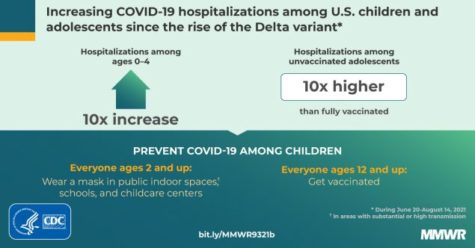
This opportunity to vaccinate younger children brings peace of mind to many parent staff members of LFA. Amanda Krause, Journalism Program Coordinator, “feels much better” knowing that “we did everything we could” to protect her child. Kliner remarks about how easy it was for her seven year old daughter to receive the vaccine, and how in relation to LFA, this emergency use of the vaccine “helps because it serves to protect the most vulnerable community members.”

